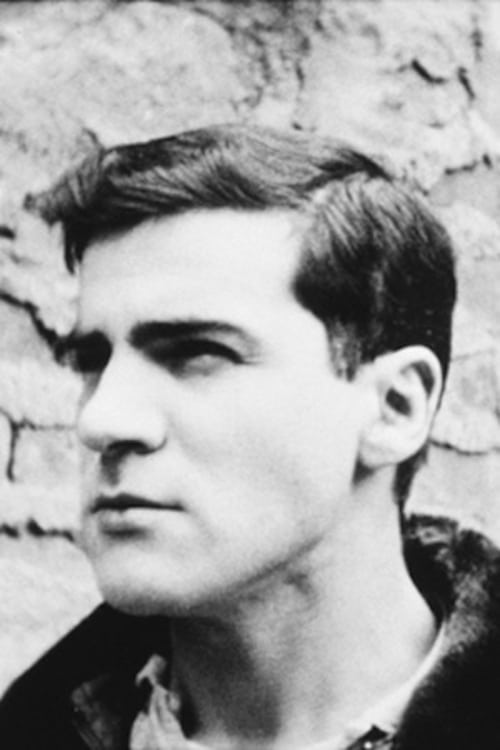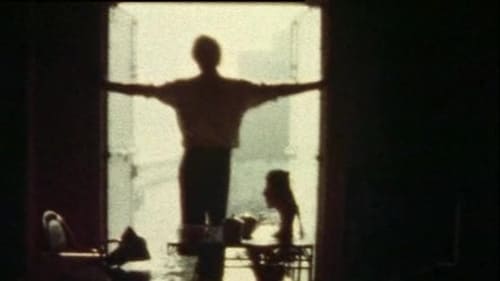The Mechanics of Love (1955)
Género : Romance
Tiempo de ejecución : 5M
Director : Willard Maas, Ben Moore
Sinopsis
This show begins with a couple about to make love, and then does a tour of innocuous objects in the room around them that invariably suggest sexual activity.




